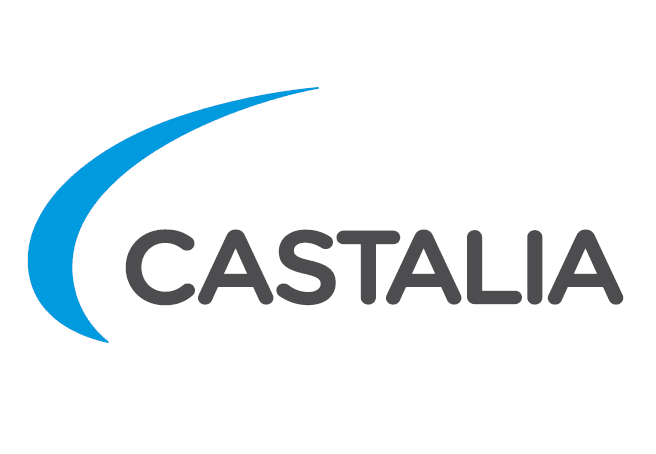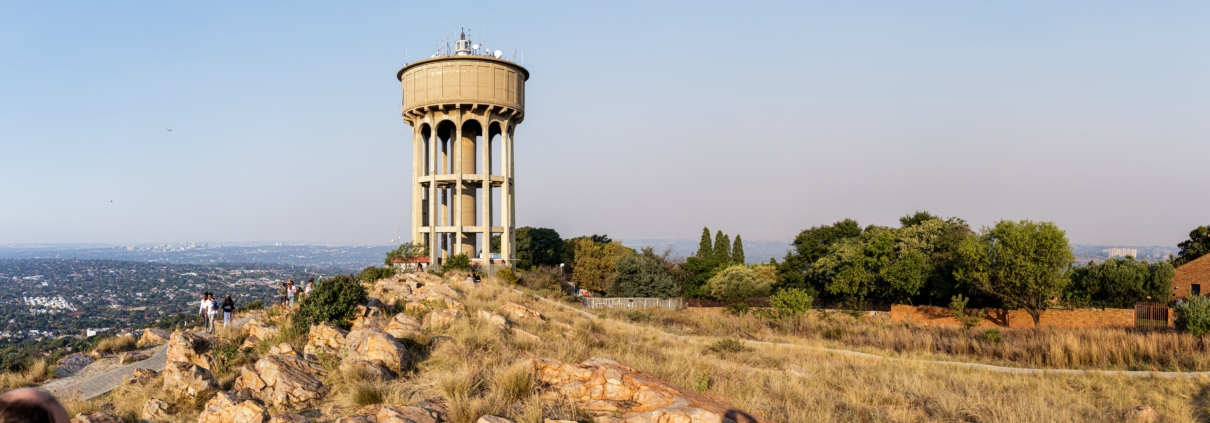Castalia’s blog
Maintaining Energy Security as New Technologies Reshape the Grid: Emerging Threats, Potential Mitigants
As inverter-based resources and large electronic loads transform power systems, recent blackouts in Texas, Chile, and the Iberian Peninsula reveal growing risks to energy security, and how they can be mitigated
In many African cities, water services are getting worse. The water utility can’t keep up with urban growth. Changing rainfall patterns increase water insecurity.
When what we’re doing isn’t working, it makes sense to look at what others have done that has worked. Africa has a long history of public-private partnerships in water that stabilized finances and enabled investment in new water sources and network expansion. Cities seeking better water services can draw on those examples.
Business-as-usual is not delivering the water services African cities need
Africa’s urban population is growing rapidly; water and sanitation services are not keeping pace. Many utilities are unable to recover operating costs. These utilities depend on the government to fund their operating deficits and capital investments. Governments, however, don’t have the funding needed.
Across the continent, about US$50 billion is needed annually to achieve universal access, but only US$10–19 billion is invested[1]. Traditional public-sector (donor-supported) funding has proven insufficient to replace aging infrastructure, expand coverage, and build climate resilience.
Public-private partnerships offer a viable alternative
Public-private partnerships (PPPs) can enhance water services by leveraging skills and systems from firms specializing in water utility management, while offering powerful incentives for improved services and financial performance. The table below gives examples of successful PPPs in Africa.
One secret of success has been increasing cash inflows to the utility. PPPs have reduced non-revenue water and improved collection efficiency, generating positive operating cashflows which can service loans taken out to develop new resources and expand distribution networks.
Some Successful Water PPPs in Africa
| Country (Utility) | Contract Type | Impact |
| Abidjan, Côte d’Ivoire (SODECI) | affermage
(1959–ongoing) |
Collection efficiency rose to 92 percent[2] |
| Non-revenue water (NRW) reduced to 17 percent[3] | ||
| Dakar, Senegal
(SONES) |
affermage
(1996–2019) |
Transitioned from losses to full cost recovery[4] |
| Piped water coverage extended to 98 percent of the population[5] | ||
| Ouagadougou, Burkina Faso (ONEA) | Incentivized service contract
(2001–2007) |
Collection efficiency improved from 85 percent to 98 percent[6] |
| Grew the number of connections from 74,000 to 127,300[7] | ||
| Johannesburg, South Africa (JW) | Management contract
(2001–2006) |
Collection efficiency increased from 74 percent to 90 percent |
| Financial losses turned into profit[8] |
Countries that want to improve urban water services can adapt these models to their circumstances
Governments can collaborate with international financial institutions and development partners to develop projects, integrate funding sources, and enhance capacity to manage partnerships effectively.
Castalia is also able to provide advice in this area. In 1987, Castalia helped Guinea develop the first water PPP in an independent sub-Saharan African country: the affermage for Conakry. Since then, we have contributed to successful PPPs around the world, including the concessions for Bucharest (Romania), Sofia (Bulgaria), Brno (Czech Republic), and Manila (Philippines), and bulk water supply to Cebu (Philippines) and Kigali (Rwanda).
Castalia contributed to the World Bank’s Private Participation in Water Services Toolkit[9], a guide on structuring effective PPPs, and the Operational Manual on Performance-Based Contracts for Non-Revenue Water Reduction[10], which provides practical approaches to tackling water losses.
Contact us to learn more about how we could help you.
—
[1] African Union Commission (2023) ‘Leaders commit to Mind the Gap – Invest in Water as the race to achieve SDG 6 in Africa accelerates’, 18 October. Available at: https://au.int/en/pressreleases/20231018/leaders-commit-mind-gap-invest-water-race-achieve-sdg-6-africa-accelerates
[2] van den Berg, C. & Danilenko, A. (2017) Performance of Water Utilities in Africa. Washington, DC: World Bank. p.100. Available at: https://documents1.worldbank.org/curated/en/731141488368322337/pdf/113075-Revised-PUBLIC-W16010-eBook.pdf
[3] van den Berg, C. & Danilenko, A. (2017) Performance of Water Utilities in Africa. Washington, DC: World Bank. p.150.
[4] World Bank (2004) Innovative Contracts, Sound Relationships: Urban Water Sector Reform in Senegal. Water Supply & Sanitation Sector Board Discussion Paper No. 1. Washington, DC: World Bank. p. 22
[5] van den Berg C. & Danilenko A. (2017) Performance of Water Utilities in Africa. Washington, DC: World Bank. p. 137
[6] World Bank (2012) “Burkina Faso’s Infrastructure: A Continental Perspective” (WPS5818). Washington, DC: World Bank. p. 23. Available at: https://documents1.worldbank.org/curated/en/231191468236065618/pdf/WPS5818.pdf
[7] Briceño-Garmendia, C., Smits, K. & Foster, V. (2009) “The 2009 Africa Infrastructure Country Diagnostic (AICD) — Case Study: Burkina Faso, ONEA”, Background Paper for the World Bank. Washington, DC: World Bank. Figure 26, p. 35. Available at: https://documents1.worldbank.org/curated/en/125961468015557297/pdf/487300NWP00v201P131PPPWestAfrica1v2.pdf
[8] World Bank (2006) The Management Contract for Johannesburg Water. Washington, DC: World Bank. p. 4. Available at: https://documents1.worldbank.org/curated/en/943711468164379240/pdf/489070WP0Box331C10WN201Johannesburg.pdf
[9] Approaches to Private Participation Water Services: A Toolkit | Public-Private Partnership
[10] Non-revenue Water Performance-Based Contracts – Castalia
EWEC in Abu Dhabi just announced a Gigascale PV plus battery system that will provide 24/7 dispatchable solar power at an all-in energy cost comparable to gas-fired generation. Masdar will deliver and operate the plant. What does this mean for global power markets?
What makes solar PV + batteries competitive to provide dispatchable solar power?
Four key factors drive the viability of large-scale solar PV + battery systems as a cost-effective alternative:
1. Decreasing the cost of Battery Energy Storage Systems (BESS) and PV
Advances in battery technology and cost reduction enable solar PV + batteries to overcome traditional concerns by delivering a reliable, 24/7 power supply.
2. High-Quality Solar Resources
Regions with exceptional solar conditions can access high-capacity and consistent generation at a price comparable to conventional fossil fuel generation.
3. Low-Cost Capital
The cost of capital required for this type of power is already falling in many regions due to easing inflation and reduced risk perceptions.
4. Availability of suitable site
Large tracts of flat land with access to transmission connections.
Why This Matters
Solar PV + BESS can offer the same service as a gas generator, at the same price, with no carbon emissions. Many countries with high-quality RE resources stand to benefit from these developments as a cleaner energy future becomes economically and financially viable compared to conventional thermal generation. Take Australia for example; the CSIRO’s most recent study anticipates solar PV + battery reaching $70-130MWh by 2030. This announcement from Abu Dhabi suggests it could be a reality far sooner.
What’s Next?
If Masdar and EWEC’s solar PV and BESS facility can produce 1 GW of 24/7 dispatchable renewable energy for a price consistently comparable to fossil fuel generation and other regions can follow suit, global energy investment priorities and political focus will shift dramatically.




















